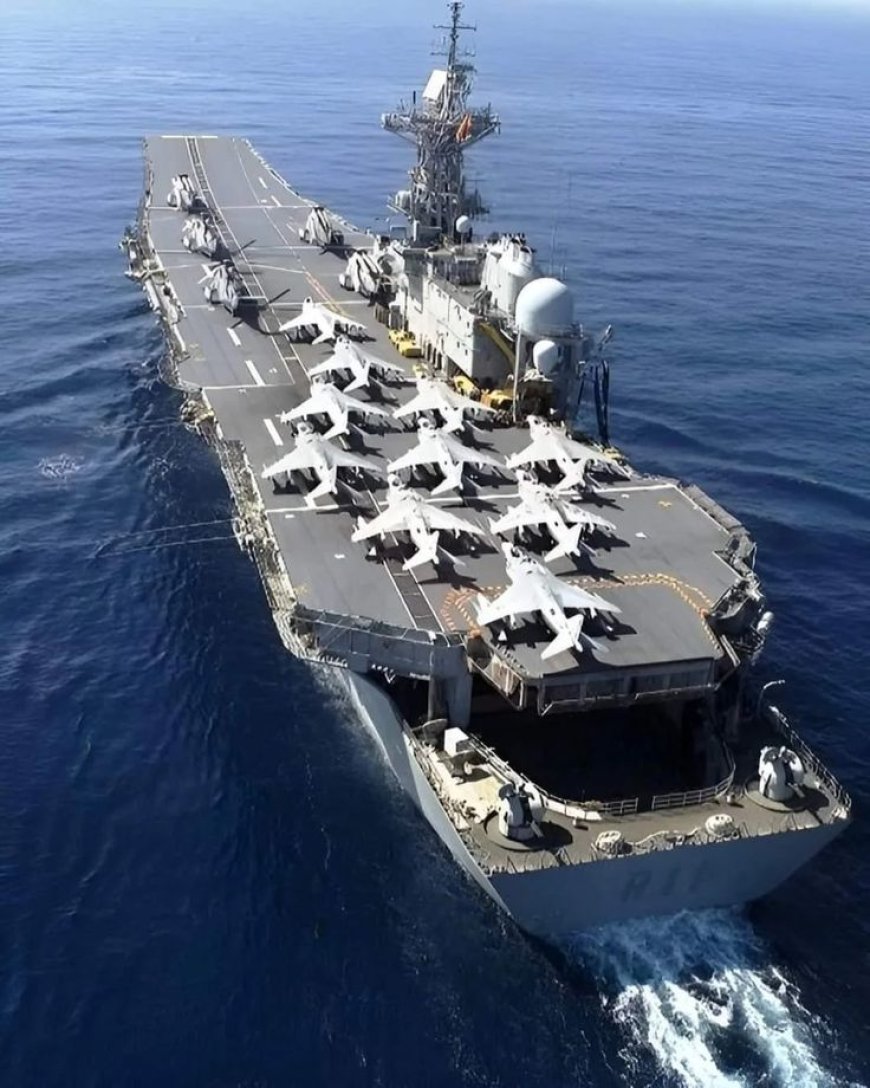10 Essential Navy Current Affairs for 2025
As 2025 unfolds, the naval landscape is undergoing rapid transformation driven by technology, strategy, and shifting geopolitical tides. This article dives into the 10 Essential Navy Current Affairs for 2025, offering a crisp overview of the critical developments and policy shifts that are redefining maritime dominance.

In the dynamic theater of global defense, navies play a pivotal role in shaping strategic power, ensuring maritime security, and projecting influence. As we sail into 2025, naval forces worldwide are experiencing major transformations fueled by technological innovation, defense modernization, and new geopolitical alignments. TheVeza presents the 10 Essential Navy Current Affairs for 2025 that are making waves in global maritime operations and policy.
1. Artificial Intelligence Sets Sail
The integration of AI into naval command and operations is no longer science fiction. In 2025, navies are deploying AI-powered surveillance systems, autonomous underwater vehicles (AUVs), and predictive analytics to enhance decision-making and mission efficiency. The U.S. Navys Project Overmatch is leading the charge, creating a connected naval battle network that adapts in real time.
2. Rise of Hypersonic Naval Weapons
Hypersonic missile development is shifting the balance of naval power. In 2025, several countries including Russia, the U.S., and China are conducting sea trials of ship-launched hypersonic weapons capable of traveling over Mach 5. These systems challenge existing missile defenses and introduce a new era of deterrence at sea.
3. Blue-Green Alliances & Indo-Pacific Strategy
The Indo-Pacific remains a geopolitical hotspot, with increased cooperation among navies such as the Quad nations (India, U.S., Japan, and Australia). Joint naval drills like Malabar 2025 underscore collective defense strategies and freedom of navigation in contested waters, especially the South China Sea and Taiwan Strait.
4. Green Navy: Sustainability at Sea
Eco-conscious naval operations are becoming imperative. The Royal Navy has announced its Green Fleet 2040 initiative, and the Indian Navy is investing in hybrid-electric propulsion and renewable energy sources. 2025 marks a significant shift toward sustainable maritime practices, reducing carbon emissions without compromising combat readiness.
5. Cyber Defense Becomes Core Doctrine
Naval cyber warfare is on the frontlines. In 2025, navies are increasing investments in cyber resilience to protect command-and-control systems, unmanned vehicles, and smart ship technologies. NATO and EU maritime forces are now conducting joint cyber-readiness drills alongside traditional sea patrols.
6. Expanding Undersea Warfare Capabilities
Undersea warfare is resurging as a crucial domain. The deployment of next-gen submarines like the U.S. Navy's Columbia-class and India's Project-75I signifies renewed focus on stealth, endurance, and multi-domain interoperability. Expect more undersea activity and strategic deterrent patrols throughout 2025.
7. Naval Diplomacy & Humanitarian Missions
Naval forces are not just about combat 2025 sees growing use of naval assets for diplomacy and disaster response. The Indian Navys Operation Samudra Setu II and the Japanese Maritime Self-Defense Forces humanitarian assistance programs highlight how soft power at sea enhances national image and regional trust.
8. Autonomous Surface Combatants Enter Mainstream
Unmanned surface vessels (USVs) are becoming standard. The U.S. Navys Ghost Fleet Overlord and the UKs autonomous minehunters are now actively integrated into fleets. These robotic platforms offer high-risk, low-cost solutions for reconnaissance, mine-clearing, and rapid response missions.
9. Women in Command: Breaking the Waves
2025 is a historic year for gender inclusion in naval forces. More women are commanding ships, submarines, and combat units. Countries like India, the U.K., and Australia are actively promoting gender diversity, with inclusive training programs and leadership roles setting new standards.
10. Space-Maritime Integration Expands
Space assets now directly support naval operations. Satellites provide real-time intelligence, tracking, and communication capabilities across oceans. The U.S. Navy and Space Force are coordinating to establish seamless maritime-space domain awareness. Chinas dual-use space technology also underscores how sea and space are becoming operationally intertwined.
Final Thoughts
The 10 Essential Navy Current Affairs for 2025 paint a vivid picture of a rapidly evolving maritime world where innovation, strategy, and collaboration are essential for dominance and stability. From the depths of the ocean to the reaches of space, naval power remains the linchpin of global security. At TheVeza, well continue to chart these crucial developments to keep you informed, inspired, and ready to navigate the future of naval affairs.

































